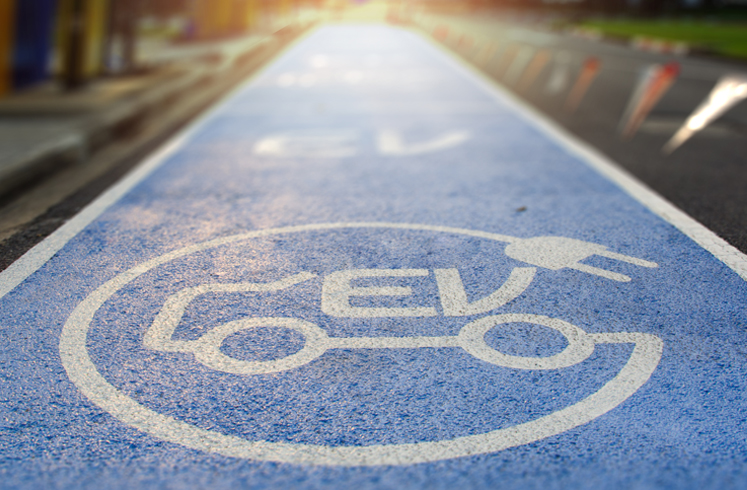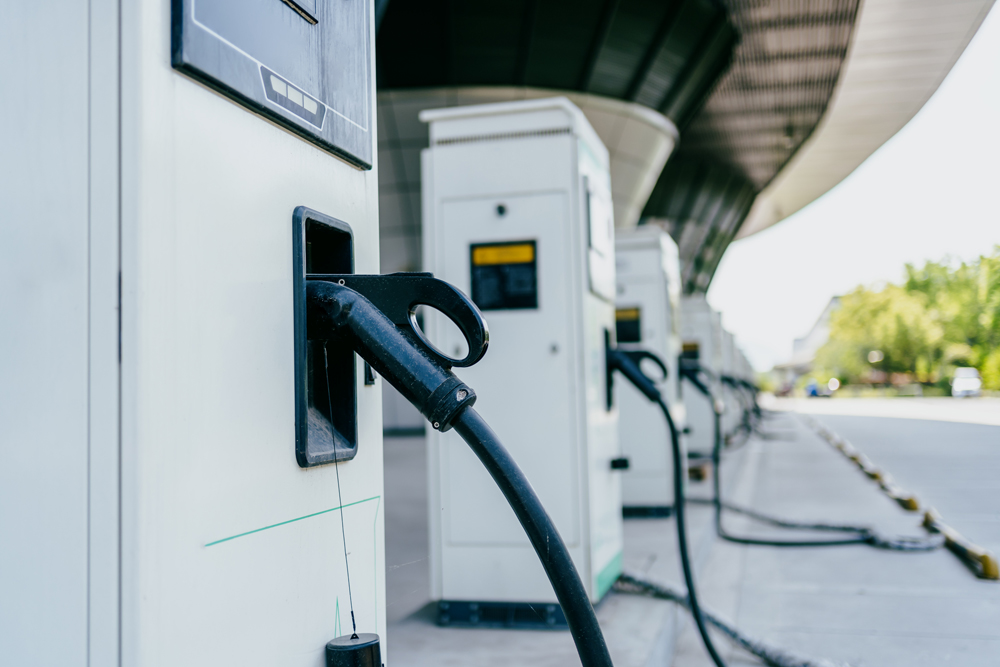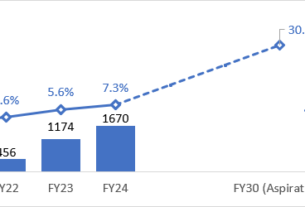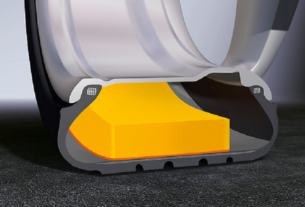By Sidhant Nichani
The world as we know it is changing, and change is inevitable. The concept of mobility is fundamentally simple! As it stands for the movement of goods and people from one place to another, and in today’s rapidly changing world, it is time we re-evaluate the way we move things and people around. The argument for climate change is now stronger than ever given the fact that it is supported indirectly by a spike in costs for fuel which spills over to a higher price to pay for mobility.

Electric vehicles are looking to be the solution to that problem, but the ambiguities surrounding them act as the primary barrier for their widespread adoption and success in the consumer and commercial market. We must first acknowledge the obvious facts which are these – the upfront cost of electric vehicles tends to be significantly higher than their ICE counterparts; most EVs have still not slotted into a particular comparative market segment and are mostly forgotten about due to incorrect advertisement and finally the question of charging – is setting up a standardized charging network the best thing to do or is the swappable battery the better option.

Mr.Sidhant Nichani
Now tackling the first fact requires us to take a look at the use cases for vehicles in the post-pandemic world. In the case of a consumer, the traditional argument for one or two cars per house seems to be a weak argument today given rising fuel costs and increasing congestion, therefore reducing the number of vehicles to a bare minimum and switching them over to electric is the economically better option given the long-term costs of owning an electric vehicle are marginal to none compared to the exponentially high cost of ICE vehicles. With the development of metro systems in most major cities in the nation, e-bikes and e-motorcycles are a better bet than driving, conserving not only fuel but also one’s mental sanity. EVs are inherently more reliable in every way.
It is also worth noting that as more EVs are produced and more companies enter the market across segments, economies of location, scale and experience curve effects will begin to kick-in helping reduce the burden of the high up-front cost of an EV.
The commercial use case for an EV boasts a stronger chance at success as the reliability and load carrying capacity of an EV are much better than a conventional ICE vehicle. From ferrying goods within the city from warehouse to storefront, fulfilling e-commerce orders or even intra warehouse operations, Electric vehicles are proving to knock their ICE counterparts out of the ballpark with superior reliability and performance in every sphere. EVs also have the added benefit of being great options infleet use cases, where in firms can purchase several along with the supporting infrastructure which gives them a future proof and reliable solution that can be expanded in the future.

While the market is still very young, there are now choices from a plethora of manufacturers both in situ from the likes of Tata, Mahindra, GMW and from overseas offering products across the country to businesses small and big and consumers from most economic segments. It is now the best time to re-think your mobility option which maximizes both reliability and efficiency, letting you focus on growing your business to new heights.
About the author
Sidhant Nichani is a year two student pursuing a degree in data science at the London School of Economics. They believe in the concept of ‘if it ain’t broke dont fix it’ which essentially ties into the whole theme of sustainability and that the evolution of some things has done more harm than good. Some of his topics of interest include Automobiles, Motorsports, E-mobility, the Railways and Urban planning/ city design to ensure a more climate-conscious approach to the future. Some of his hobbies Include collecting scale models, Philately and Model Railroading.





